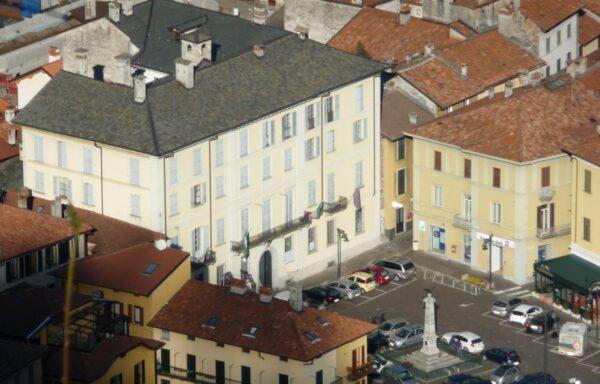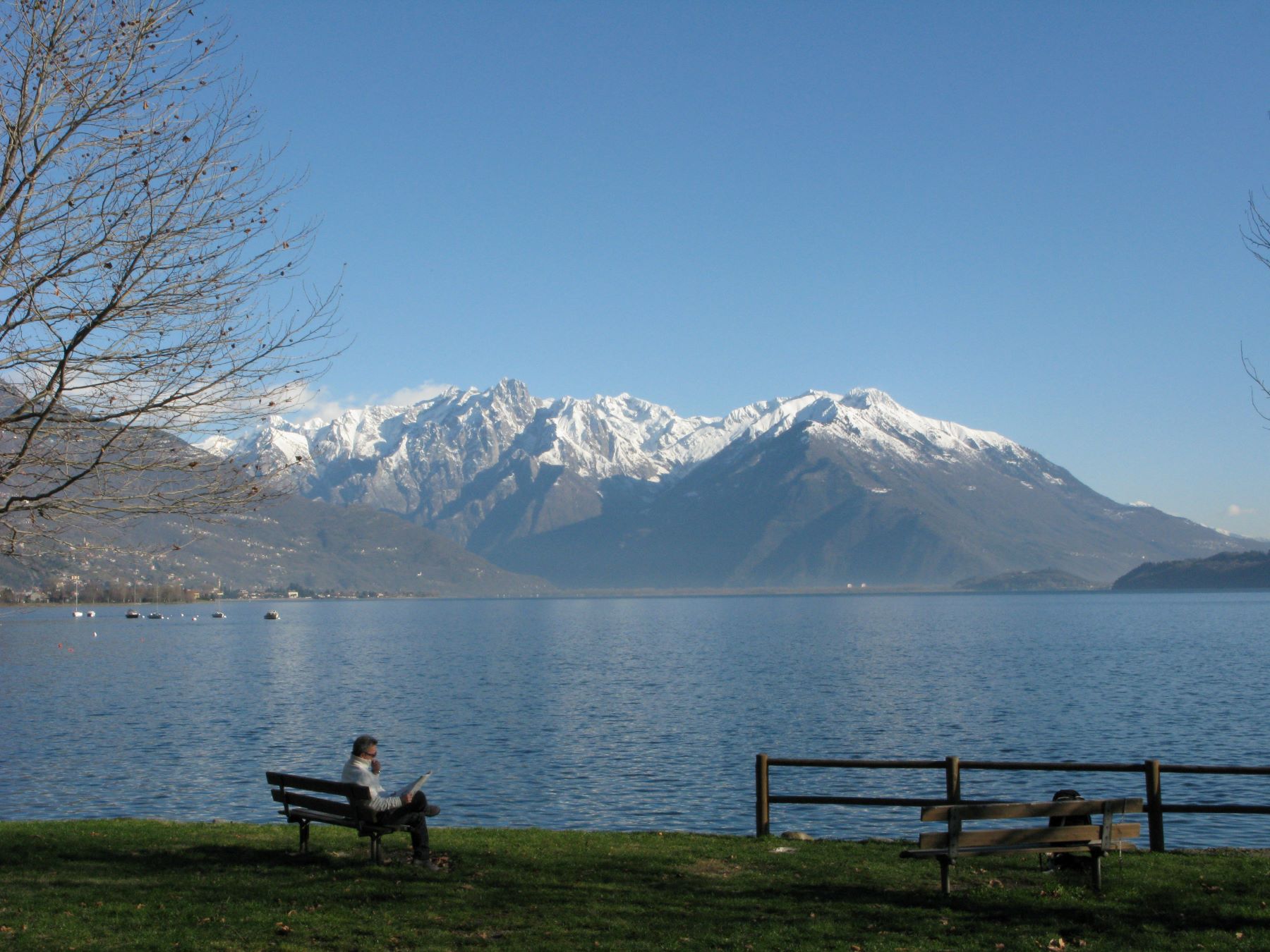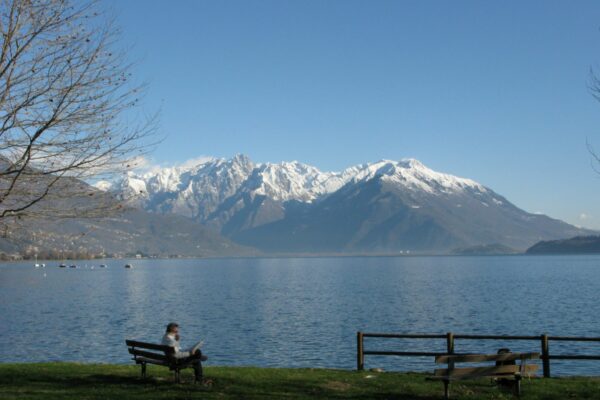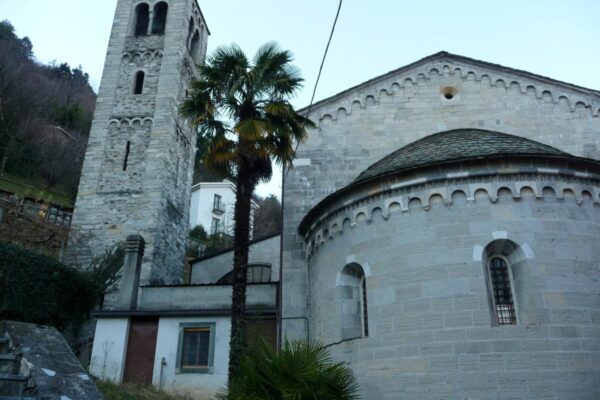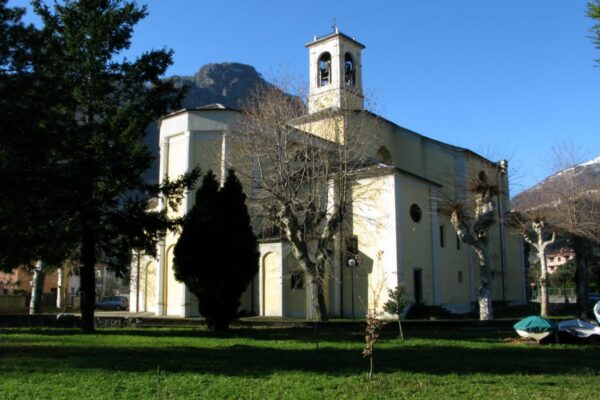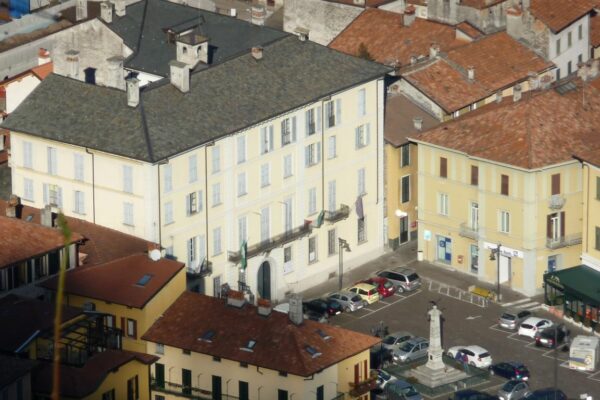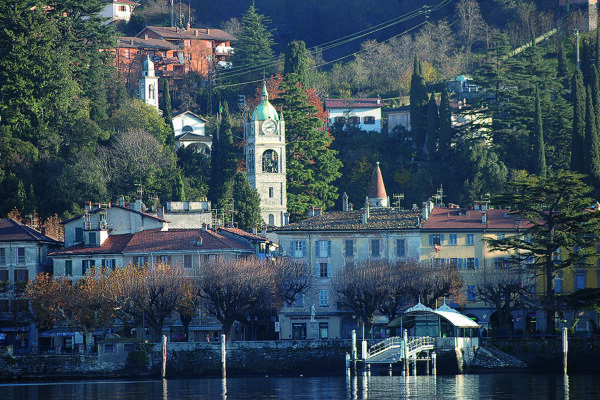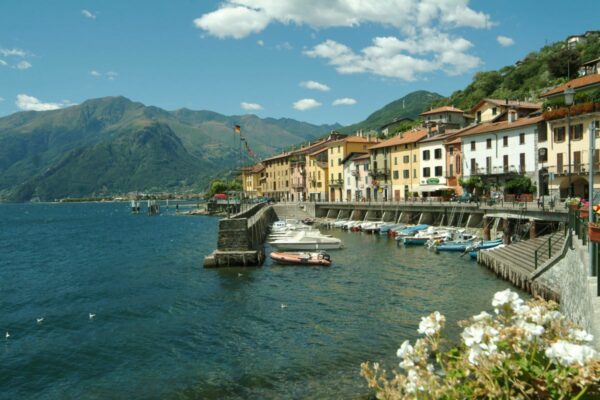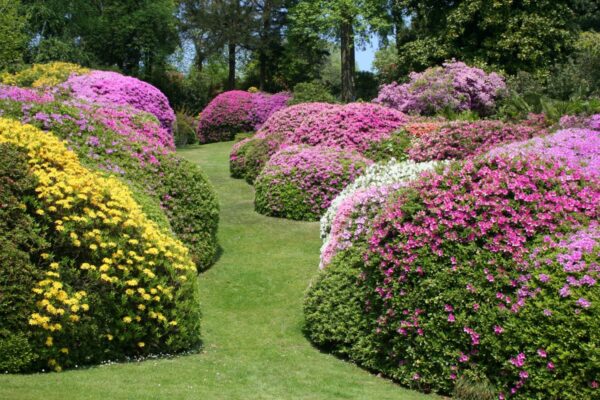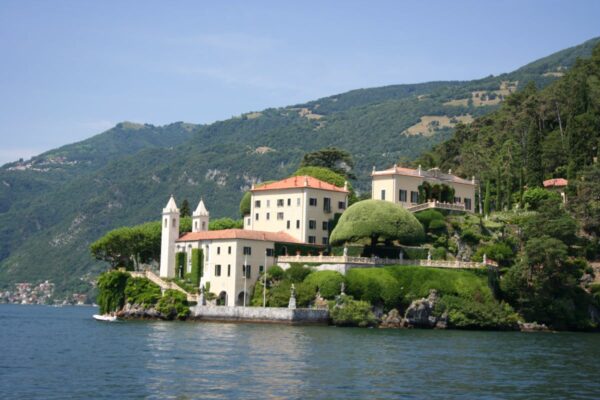Dongo is located on a plain formed by the Albano Stream at the mouth of Albano Valley. At the head of the valley is the important San Jorio pass, which from as early as the Roman era connected North Lake Como to the Swiss valley of Mesolcina.
Dongo is a town rich in history and is linked to the end of the Fascist era. In fact on 27th April 1945, the German troops withdrawing towards Germany, hiding among them Benito Mussolini and some of his ministers, were stopped on the road between Musso and Dongo. The ministers were initially taken to Palazzo Manzi and were then shot on the lakeside promenade in front of the square. Benito Mussolini and Clara Petacci were taken to Giulino di Mezzegra and executed (28th April 1945). These facts and the history of the local partisans are well documented in the End of World War II Museum, that has its seat at Palazzo Manzi.
Every first and third Thursday there is a lively market in the center of Dongo.
